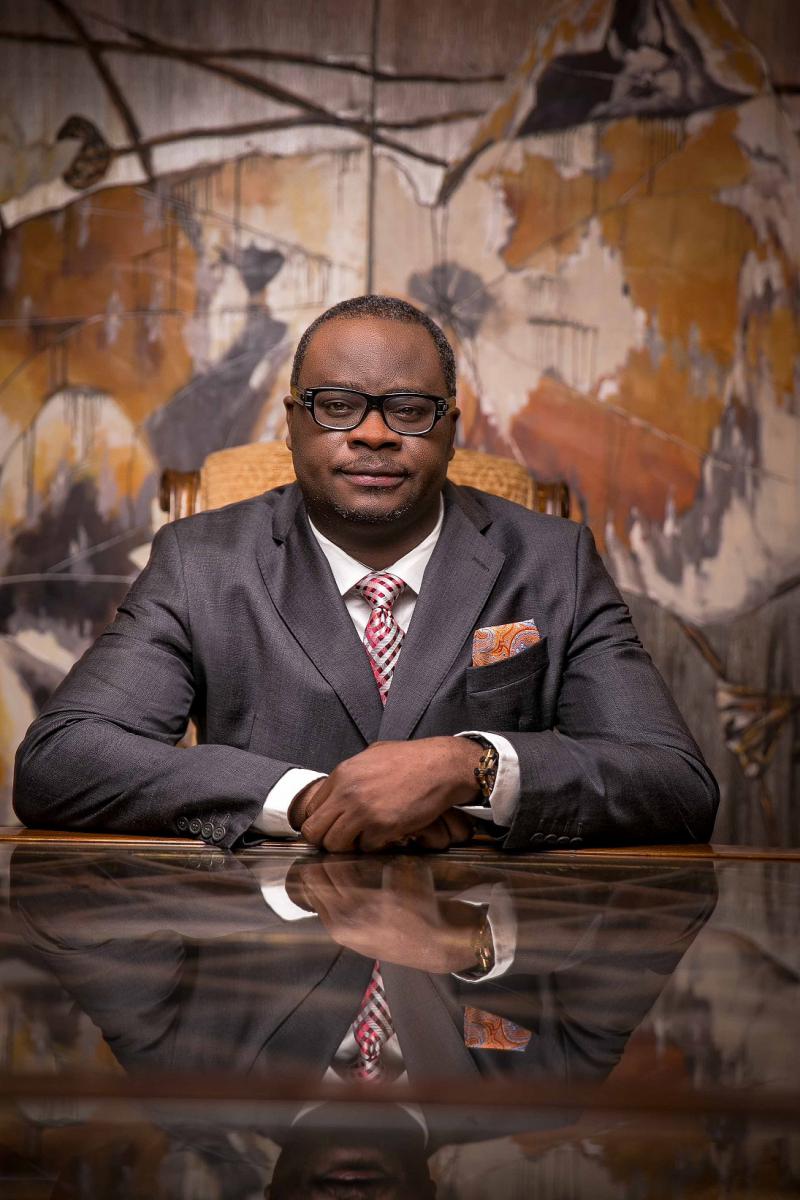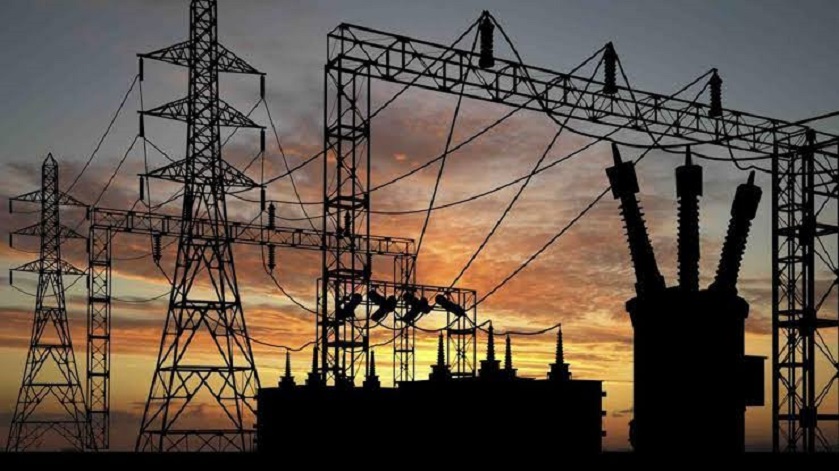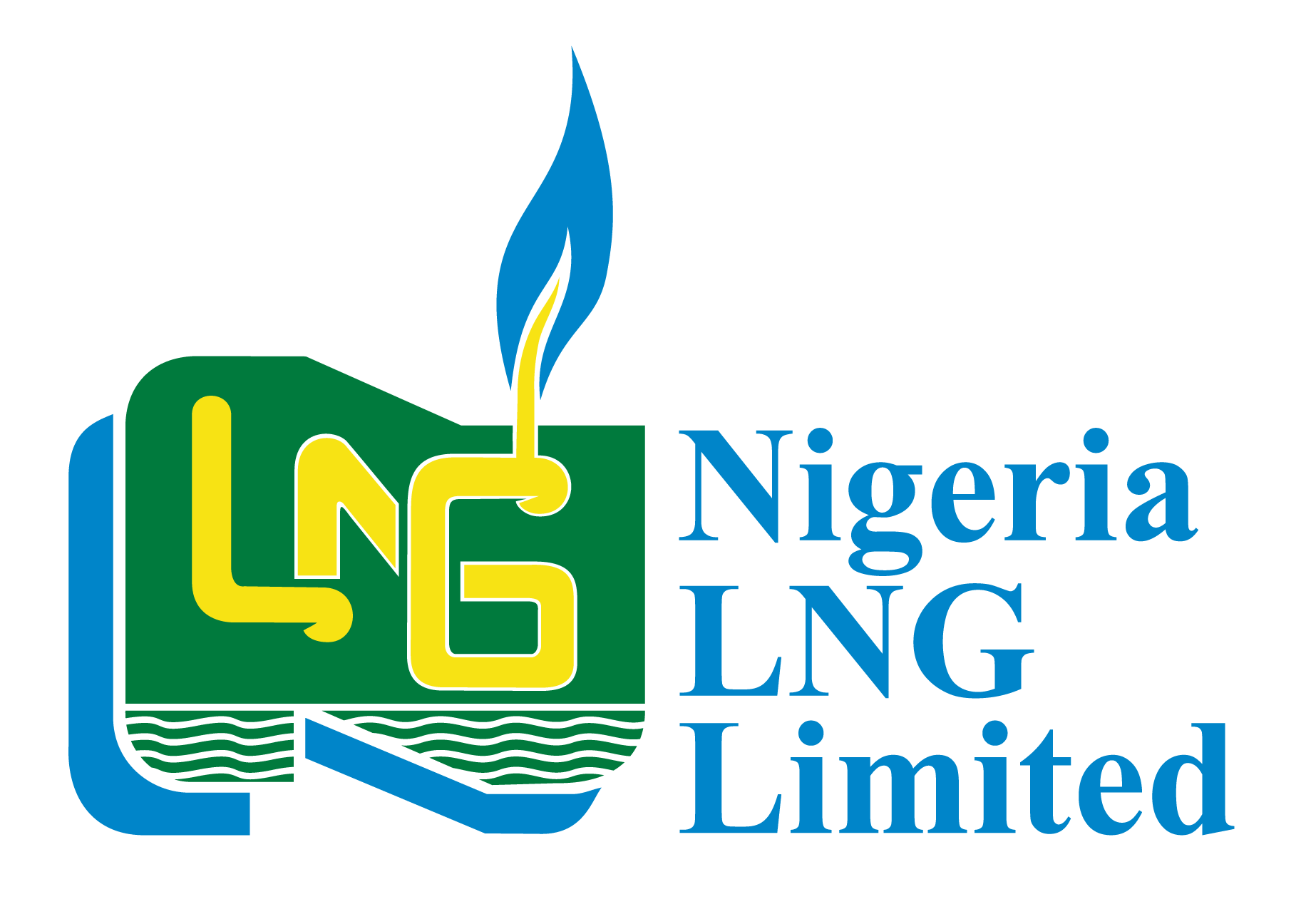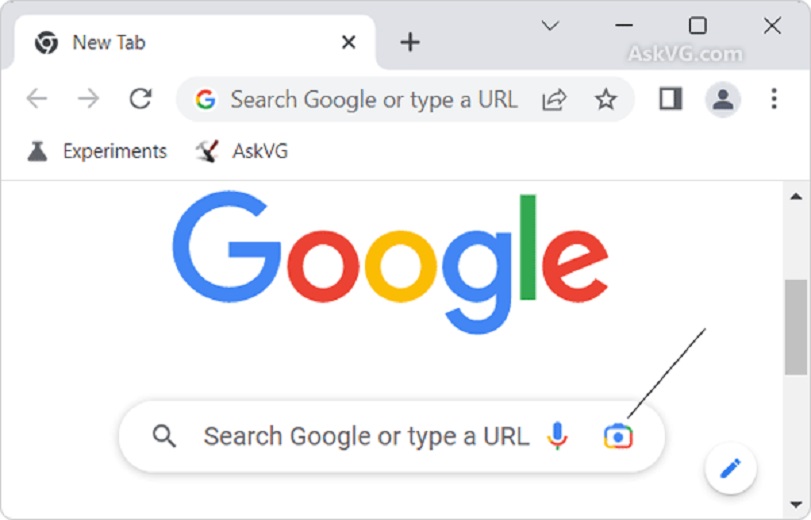General
Why Power Sector Privatisation in Nigeria has Failed—Egbin Power Chairman

**Targets 5000MW Generation in 5 Years
By Dipo Olowookere
Egbin Power Plc is the largest privately owned power generation company in Sub-Saharan Africa and accounts for over 20 percent of power generated in Nigeria.
In this interview, Mr Kola Adesina, Chairman, Egbin Power Plc speaks about the firm’s experience post privatisation, expansion plans and other issues in the nation’s power sector.
The new management took over the affairs of Egbin in November 2013. Where is the company today in its post-privatization plan
Despite these challenges, we have achieved and exceeded our post-privatization targets. From less than 400MWs, Egbin is generating 1,100 MW and shall hit 1,320 MWs in April 2018. Ordinarily, about 220MW that we began to overhaul should have been back since last year if the N140 Billion we are being owed by NBET had been paid. Now, we are struggling to ramp up our capacity because of liquidity challenges and growing and unsustainable debt. Evacuation of the electricity we generate has been a challenge too. Today, the plant can generate about 1,100MWs, but we cannot evacuate more than 600 MWs, because of frequency issues from the transmission end of the sector. The Transmission Company of Nigeria says the DISCOs are not receiving power. Therefore, they have to drop the load. For Egbin to break even and continue to operate well, we should be evacuating a minimum of 800 MWs every day.
What have you achieved so far
It has not been all smooth sailing. I make bold to say that Egbin has raised the performance bar in the sector through continuing investments in human capital and infrastructure resulting in ongoing drive for sustainable performance and expansion. We have had to contend with policy summersault and operational challenges occasioned by defaults in contractual obligations from Day One, the absence of a cost reflective regime, FOREX variance of over N200 per naira and inflation rate that rose from 8% at takeover to 18-19%, as well as debts owed to us by Nigerian Bulk Electricity Trader, NBET. Therefore, the considerable improvement Egbin has made, using the loan acquired in dollars to provide the infrastructure to generate the electricity, appears lost, because the company has not been able to recover its cost. The loan was in dollars, but power tariff is in the local currency. Therefore, what Egbin has lost between the time of acquisition and today is so depressing. The company has lost over 200% from each Naira invested in the acquisition of the plant. However, we remain committed to the project of lighting up Nigeria, this is what motivated our acquisition bid and we will most certainly surpass our targets ultimately.
How do you deal with debts owed by government agencies
Ordinarily, that’s simple! Just ask all MDAs to have prepaid meters. With that, those that have credits on their meters would have electricity. Once the credit is exhausted and no replenishment, then no electricity. I believe the government is doing its best in terms of getting the MDAs debts settled, but they can still do more to support a metering arrangement that will make payment by the MDAs seamless whilst accelerating ongoing efforts at settling the legacy debts. The DISCOs who have so much odds stacked against them also have debts to settle under a system where all the performance enablers have not been provided. The same DISCOs would be told not to raise the tariff beyond a certain threshold when you know the critical parameters that produce the tariff are not right, and as such the real tariff is not being charged. Yet, the authorities and all stakeholders acknowledge that money is required to upgrade the transformers, restructure the distribution lines, provide meters to consumers, etc.
How about plans to commence expansion of Egbin 2
We believe in Nigeria. From the beginning, we had articulated a vision to bring light to Nigeria. As part of that vision, we said from Day One that we will double the capacity of Egbin. But, how do you do that with all these challenges, including serious liquidity crisis, uneven playing field, policy summersault by government and mounting debts. The DISCOs would want to distribute electricity. But, they are limited by the tariffs and the differentials in the agreements they signed and the ones being implemented. They need all the enablers in place to perform optimally. We are determined to forge head believing that everything would come together soon.
Are you going to look from private capital to forge ahead
Obviously, that’s what we are doing.
So, where are you looking at
We have been engaging several partners in the quest for raising more capital. We are currently in discussions with some respected International organisations on various partnership models.
Where would that take you to
That would give us 3,120 MWs in four years’ time. But, we hope to attain a 5,000MW capacity in the next five years. Beyond Nigeria, we are making forays into other parts of Africa, where we plan to have strong footprints under the Sahara Group Electrifying Africa initiative. We have gone to Tanzania. We are making efforts to get into other nations we see as hubs. Recently, the Bureau for Public Enterprises said about 37% of privatized entities since its inception are not working. Nigerians say most of these entities may be in the power sector. Perhaps this is the best way to start.
What’s your view about the state of the sector today
At the moment, the power sector could do with more collaboration and synergy among all stakeholders to consolidate and enhance the gains from the privatization exercise.
How do you mean
The challenges in the sector are not only well known, but well documented. The system is not properly aligned to deliver service as desired. The sector is a value chain including all the players – gas suppliers, electricity generation, transmission and distribution companies. All stakeholders need to align properly to deliver electricity constantly to consumers. Today, a significant increase in gas supply has resulted in a ramp up in electricity supply from most of the power generation companies. Equally, there is significant growth in transmission capacity. Most the transmission projects previously uncompleted have now been completed. The wheeling capacity of transmission has improved proportionately to about 7,000 megawatts, MW of electricity. But, there’s a wide gap in what we are delivering. That’s where the challenge is. Electricity business is a global business. It’s nothing unique to Nigeria. The variables and enablers are known globally. There must be gas availability in the desired quantity and what can be piped from the location it is produced to the power plant. As long as one can do that optimally, there will be availability of electricity. The generation company must also have the capacity to take the gas and use in producing the power for the transmission company to be able to give the various distribution entities. But, it is evident from the state of the industry today that there are gaps. From the gas suppliers, a lot of money is invested in the development of gas fields, provision of infrastructure and supply facilities. They would need to recover their costs. The moment they cannot recover their investment, the appetite to continue to develop the gas fields would drop. To survive, they would begin to look for alternative markets where gas can be economically priced. From the generation perspective, the GENCOs import most of its machines and spare parts used in generating electricity. Again, don’t forget electricity is a regulated business in the country. There is a document called multi-year tariff order that puts into context different parameters for the tariffs charged by the GENCOs, Transco and DISCOs. The day the tariff is lower than the cost of production in the entire value chain, failure begins to set in. That is the position we have today in the Nigerian power sector. The gaps we are seeing is regulatory in nature, because the system is completely regulated, in terms of the standards, quality, pricing and operators activities. Pricing relates directly with availability of liquidity. If the commodity is appropriately priced, the production process would be oiled to continue to produce.
What do you think needs to be done to move to the next level
We need to dimension in the fullest essence possible what it would take to supply electricity – in terms of technical, legal, commercial, regulation, pricing, liquidity, infrastructure, spare parts and equipment, etc. When the market has been properly dimensioned, in terms of requirements for gas-fired, hydro and renewable plants, along with all the enablers in the true state they should be, all parties would then agree on each of their roles. Government should be committed to face the critical parameters involving monetary policies on interest rates on loans, exchange rate and inflation rate. These could be pegged at a certain levels to allow the power sector bring in the required infrastructure. But, we need to quickly dimension the issue of pricing for the sector to have stability in supply.
If you were to be government, what would you do to make the sector work
If government wants to industrialize Nigeria, it can say the cost of goods and services should not be high. A critical component of the analysis to achieve that agenda would be adequate electricity supply as a policy. I will say goods and services must be made to be competitive to allow export, or encourage industrial users of electricity to activate the country’s economy. With that, I would have aligned the country’s energy policy with industrial policy, by bringing down cost in order to unleash industrialization. Again, I would ensure that government helps to reduce the inefficiencies that make operators unable to provide cost-effective electricity. Government should not default in obligations.
If you were to adjust the regulatory environment, which area would you focus on
A regulator’s job is made easier under a climate of reasonable certainty. Where there is high degree of uncertainty, regulatory functions becomes almost impossible. Today, we have a seemingly better regulatory environment, despite challenges here and there. In the past we had significant policy summersault that did not allow for adequate planning. There shouldn’t be any disconnect between policy and regulation.
What about the issue of tariff structure for gas supply
There are three strategies here. Total energy driven market that allows costs to be fed in and priced, with the regulator’s role only to ensure that nobody makes excessive profit. But, free market is not practicable now. On the other hand, I will say: Let government provide these services. But, we know government alone cannot provide these services. This is where the public-private partnership comes in. Government can say the entire value chain of the energy sector is the only way Nigeria could become economically great. Then government could say: How do I help the players deliver electricity to consumers efficiently, effectively in a sustainable manner. The value chain starts with gas supply for the thermal plants. Without gas supply the entire value chain is useless. Government needs to sit down with everybody in the sector and dimension the requirements for the sector to succeed and accept the incremental stages the sector will go through and how to get there. After that, we can look at the financial and investment sides for the industry to have commercially viable price that would give the desired support and the expected result. Then, the realities of all the parties would be documented in a masterplan that would drive the entire energy sector value chain. Then, there must be that commitment to agreements. I always like to adopt an holistic and unified approach in looking at this issue. That is what is required to make the system work well. There must be regular gas to generation side of the value chain to deliver power optimally. Gas must not treated in isolation. Everything that would enable more electricity to be delivered to consumers must be resolved holistically. The more GENCOs are able to deliver power, the more money they make. This is why Egbin 2 expansion project is in the works to position the nation’s largest power plant for the growth we envision in the power sector in Nigeria and across the continent.
Privatization of the power sector was seen as the magic bullet that would change everything
Wrong.
Why did you say that
Because the Nigerian power sector is like the human body. When one has headache, it’s because of certain misalignment of one body organ against another, for which the headache is just a symptom. If one buys a pain reliever to treat the headache, one would be engaging in self-deceit. The proximate cause of the headache has not been dealt with. Providing half solution is worse, as is being done today. If one does not know the cause of the problem, chances are that one would be running around in circles, looking for scapegoats. Everybody in the power sector has been looking for who to blame for the problems. Nobody has taken time to know what the proximate cause of providing stable electricity in Nigeria is. The truth is simply that there is a serious misalignment in the system. This is where the problem is. The day there is an alignment of all the relevant players and elements in the power sector working together in synergy, electricity will become available on a regular basis.
But privatization seems not to have solved our problems
Yes, because of the misalignment I have talked about. Yet, in Egbin Power station where I am the Chairman, when it was privatized, it was generating about 400 MWs of electricity. Today, Egbin is generating 1,100 MW. In terms of contribution to the national grid, Egbin has increased its capacity significantly post-privatization. Without government putting in any money, the company has been able to get funding that has lifted the plant from what it was to what it is today. But, the mistake that was made by government after privatization was that the amount harvested from the exercise should have been reinvested in the system for the upgrade of the infrastructure. If government, with all the resources at its disposal, handled the system for over 53 years and could not provide all the infrastructure and meter all the customers, how would the same government expect the private sector to do all that in just five years of privatization, even with a growing population?
General
Power Outage in Nigeria as National Grid Collapses

By Aduragbemi Omiyale
Nigeria is currently experience a cut in power supply after the national grid collapsed for the 11th time in 2024.
This is the first time in over a month as the last time the nation witnessed a nationwide shut down in electricity supply was on November 7, 2024.
Before then, the country was experiencing an incessant collapse of the grid, which prompted the federal government to set up a team to address the issue.
However, just when Nigerians were thinking they will not witnessed another national grid collapse in the year, it issue reared its ugly head again.
On Wednesday afternoon, most of the energy distribution companies suffered power outage, prompting them to inform their customers of the situation.
One of the DisCos, Ikeja Electric Plc, in a message to electricity consumers under its franchise area, said, “Please be informed that we experienced a system outage today, December 11, 2024, at about 13:32 hours affecting supply within our network.
“Restoration of supply is ongoing in collaboration with our critical stakeholders. Kindly bear with us.”
Recall that on Tuesday, in a report, Google listed national grid as one of the top trending searches by Nigerians this year.
General
NLNG to Replace Vessels in Move Towards Decarbonisation, Sustainability

By Adedapo Adesanya
The Nigerian LNG Limited (NLNG), which produces Nigeria’s Liquified Natural Gas (LNG) and natural gas liquids (NGLs) for export, is planning to replace all its vessels with modern ships within the next decade.
This was disclosed by Mr Nnamdi Anowi, the General Manager of Production, NLNG, during the World Leaders’ Panel session on Tuesday in Berlin, Germany, as part of the 2024 World LNG Summit and Awards.
Speaking at the event themed “Achieving the Balance Between Energy Security and Decarbonisation,” he said the company which was incorporated in 1989 was making plans to boost its vessels to ensure proper transportation of gas for export.
“We are making significant strides in our shipping operations. Over the next 10 years, we aim to transition from our current steam-powered vessels to modern ships.
“Earlier this year, we took a major step by entering into a long-term chapter of our first modern ship Aktoras, and we are already planning to acquire a second ship next year,” he said.
On the critical issue of net zero emissions, Mr Anowi said that NLNG aspires to achieve net zero emissions by 2040.
According to him, this goal is attainable through implementing a combination of solutions that include operational efficiency, natural sinks/offset projects, carbon capture and storage (CCS), net zero expansion, digital solutions and shipping efficiency.
“Our pathway to net zero aligns with Nigeria’s target of reaching net zero by 2060, while many major players in the industry are aiming for 2050.
“We are actively expanding our initiatives in this area, including several low-carbon projects,” he explained.
Regarding Liquefied Petroleum Gas (LPG), Anowi noted that the company had committed 100 per cent of its LPG production (propane and butane) to the Nigerian market.
He pointed out the urgent need for cleaner energy, citing a report that revealed that not less than 100,000 Nigerians died yearly from smoke inhalation caused by cooking with firewood, predominantly affecting women and children.
“This underscores our commitment to sustainability. It’s important to recognise that about 80 per cent of Africans lack access to cleaner energy.
“When discussing sustainability, we can not overlook the necessity of providing energy to these communities,” he added.
He further elaborated on NLNG’s strategy, stating, “Our objective at Nigeria LNG is to maintain safety, enhance capacity, foster growth, and future-proof our business.
“The recent transformation programme includes a rebranding initiative, evidenced by the unveiling of a new logo and the company’s renewed purpose: providing energy for life’s sustainability.
Mr Anowi also noted that NLNG was working diligently to improve its production capacity from 23 million tons to 30 million tons through its Train 7 Project.
“We are actively engaging with stakeholders and the government to ensure our LNG trains are filled by the end of next year,” he said.
On sustainability, Mr Anowi explained that 75 per cent of NLNG’s emissions result from its operations, with the remaining 25 per cent coming from its shipping activities.
He emphasised the importance of measurement, reduction, avoidance and mitigation strategies in their sustainability efforts.
He said that the company was also exploring CCS opportunities through partnerships with the government and other international oil companies.
“We are in the early stages of CCS implementation, assessing potential reservoirs for this purpose,” he said.
In terms of renewable energy, Anowi said that NLNG was investigating solar power projects at its offices in Abuja and Port Harcourt as part of its broader sustainability initiatives.
“We are committed to abatement efforts and are collaborating with experienced private companies to explore carbon credit opportunities.
“We must balance sustainability with affordability and reliability in energy supply.
“The African region must progress at its own pace, prioritising immediate energy needs before addressing long-term sustainability goals,” he explained.
General
National Grid, Mr Ibu Among Top Trending Searches by Nigerians in 2024

By Dipo Olowookere
Many events happened in 2024 in Nigeria but a few shook the nation because of their impact on residents of the country.
According to a report released by Google, the incessant collapse of the national grip, which plunged the nation into darkness, was among trending searches on its platform.
In the report made available to Business Post on Tuesday, the tech giant said this year’s results show a continued interest in the political and economic landscape, with searches related to the US elections, the new national anthem.
“The 2024 Year in Search offers a unique lens into the questions, interests, and conversations that shaped the lives of Nigerians this year.
“From cultural milestones to pressing concerns, these insights reflect how Search continues to be a valuable tool for users to navigate and better understand their world,” the Communications and Public Affairs Manager for Google West Africa, Taiwo Kola-Ogunlade, stated.
Google’s 2024 Year in Search for Nigeria showcased the most popular searches, notable individuals, actors, musicians, topics, questions, and other subjects that captured Nigerians’ attention in the year.
Google’s Year in Search is an annual analysis that reveals the top trending lists and also spotlights what the world searches to see, learn, and do.
The music scene in 2024 was marked by a surge in popularity for artists like Shallipopi and Khaid, who also featured prominently in the overall personalities list. The top trending song was “”I Don’t Care” by Boy Spyce”, followed closely by “Ozeba” and “Commas” by Ayra”. Nigerians also showed a keen interest in understanding the lyrics of various songs, with “Ogechi lyrics”, “Ozeba lyrics”, and “Omemma by Chandler Moore lyrics” leading the searches in the lyrics category.
This year, Nigerians continued to demonstrate a strong interest in entertainment with movies like “A Tribe Called Judah”, “Treasure In The Sky”, and “Damsel” topping the movie charts. The top TV series that captured the interest of Nigerian netizens included “Supacell”, “My Demon”, and “Queen of Tears”. In the culinary world, Nigerians explored diverse recipes with “Pornstar Martini recipe” leading the searches.
Concerns about personal well-being and global events were also reflected in search trends. Questions like “How much is dollar to naira today?”, “How to get perfectly defined curls for African hair?”, and “Who won the US presidential election?” topped the list of queries. Nigerians were curious about the meaning of words like “demure,” “steeze,” and “pet peeves,” turning to Search for answers.
-

 Feature/OPED5 years ago
Feature/OPED5 years agoDavos was Different this year
-
Travel/Tourism8 years ago
Lagos Seals Western Lodge Hotel In Ikorodu
-

 Showbiz2 years ago
Showbiz2 years agoEstranged Lover Releases Videos of Empress Njamah Bathing
-

 Banking6 years ago
Banking6 years agoSort Codes of GTBank Branches in Nigeria
-

 Economy2 years ago
Economy2 years agoSubsidy Removal: CNG at N130 Per Litre Cheaper Than Petrol—IPMAN
-

 Banking2 years ago
Banking2 years agoFirst Bank Announces Planned Downtime
-

 Sports2 years ago
Sports2 years agoHighest Paid Nigerian Footballer – How Much Do Nigerian Footballers Earn
-

 Technology4 years ago
Technology4 years agoHow To Link Your MTN, Airtel, Glo, 9mobile Lines to NIN




















